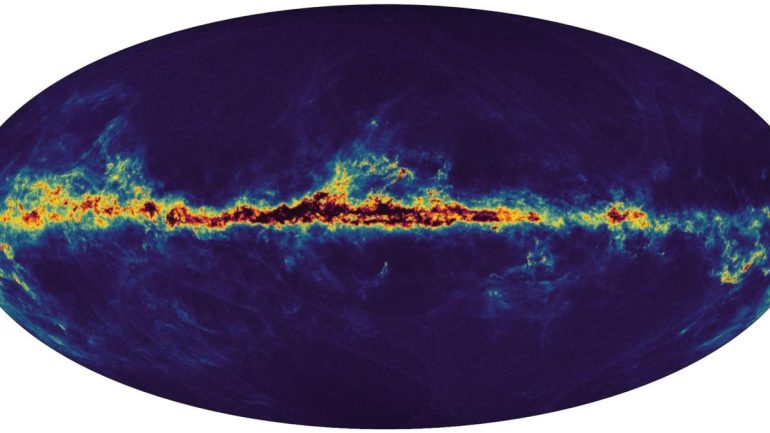The Gaia Space Observatory has been collecting data on our galaxy for nearly ten years and has now made an astonishing discovery.
The European Space Agency Esa has published further data on our home galaxy collected by the “Gaia” probe.
ESA said there are new and improved descriptions for about two billion stars in our galaxy. For nearly ten years, the Gaia space observatory has been observing the sky and recording the positions of all celestial objects visible to the probe. The scientists come from the Max Planck Institute for Astronomy in Heidelberg and the Astronomical Computing Institute at the Center for Astronomy at the University of Heidelberg. The goal is to create a multidimensional map of the galaxy that is as accurate and complete as possible.
One of the most surprising discoveries is that Gaia can detect so-called starquakes that change the shape of stars, Essa pointed out. These are “little movements on the surface of a star”. “Gaia” previously recognized the so-called radial oscillations. Due to these, stars periodically swell and shrink while maintaining their spherical shape. Now, however, other vibrations have been detected that “act more like a large tsunami,” it said. They only change the “global size” of a star and are therefore not so easy to detect.
“Starquakes teach us a lot about stars, in particular about their inner workings,” said Connie Aerts of the Belgian University of Leuven (Leuven), according to an ESA release.
(dpa)

Internet fan. Alcohol expert. Beer ninja. Organizer. Certified tv specialist. Explorer. Social media nerd.





